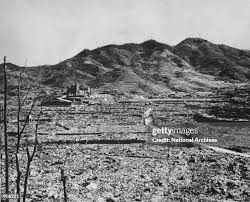
Introduction to Nagasaki
Nagasaki, a port city located on the island of Kyushu in Japan, is known for its rich history and cultural significance. Following its tragic association with World War II, where it was the second city to suffer a nuclear attack, Nagasaki has emerged as a beacon of resilience and peace advocacy. This city is not only a place of remembrance but also stands as a testament to Japan’s capability for recovery and its ongoing commitment to peace.
Historical Context
Nagasaki has long been an important city in Japan’s history, especially during the Edo period, when it was one of the few ports open to foreign trade. However, its legacy was forever altered on August 9, 1945, when an atomic bomb was dropped, resulting in massive devastation and loss of life. Today, the city commemorates this event with various memorials, notably the Nagasaki Peace Park and the Atomic Bomb Museum, which aim to educate visitors about the impacts of nuclear warfare and promote a message of peace.
Recent Developments
In recent years, Nagasaki has worked diligently not only to preserve its history but also to rejuvenate its economy and cultural scene. The city has seen significant investment in tourism, with many visitors drawn to its stunning natural beauty, historic sites, and unique fusion of Japanese and Western architecture. Festivals such as the Nagasaki Lantern Festival celebrate the city’s cultural diversity, attracting thousands each year.
Conclusion and Future Outlook
Nagasaki’s story serves as an important reminder of the consequences of war, but it also showcases how a community can rebuild and thrive. As the global community continues to reflect on the implications of nuclear warfare, Nagasaki stands at the forefront of peace advocacy. The city’s ongoing cultural and economic revitalisation, paired with its historical significance, ensures that it remains a vital location for understanding the past while looking towards a more peaceful future. For visitors and locals alike, Nagasaki represents hope, resilience, and an enduring commitment to peace improvements.
You may also like


The Royal Opera House: A Jewel in London’s Cultural Landscape
